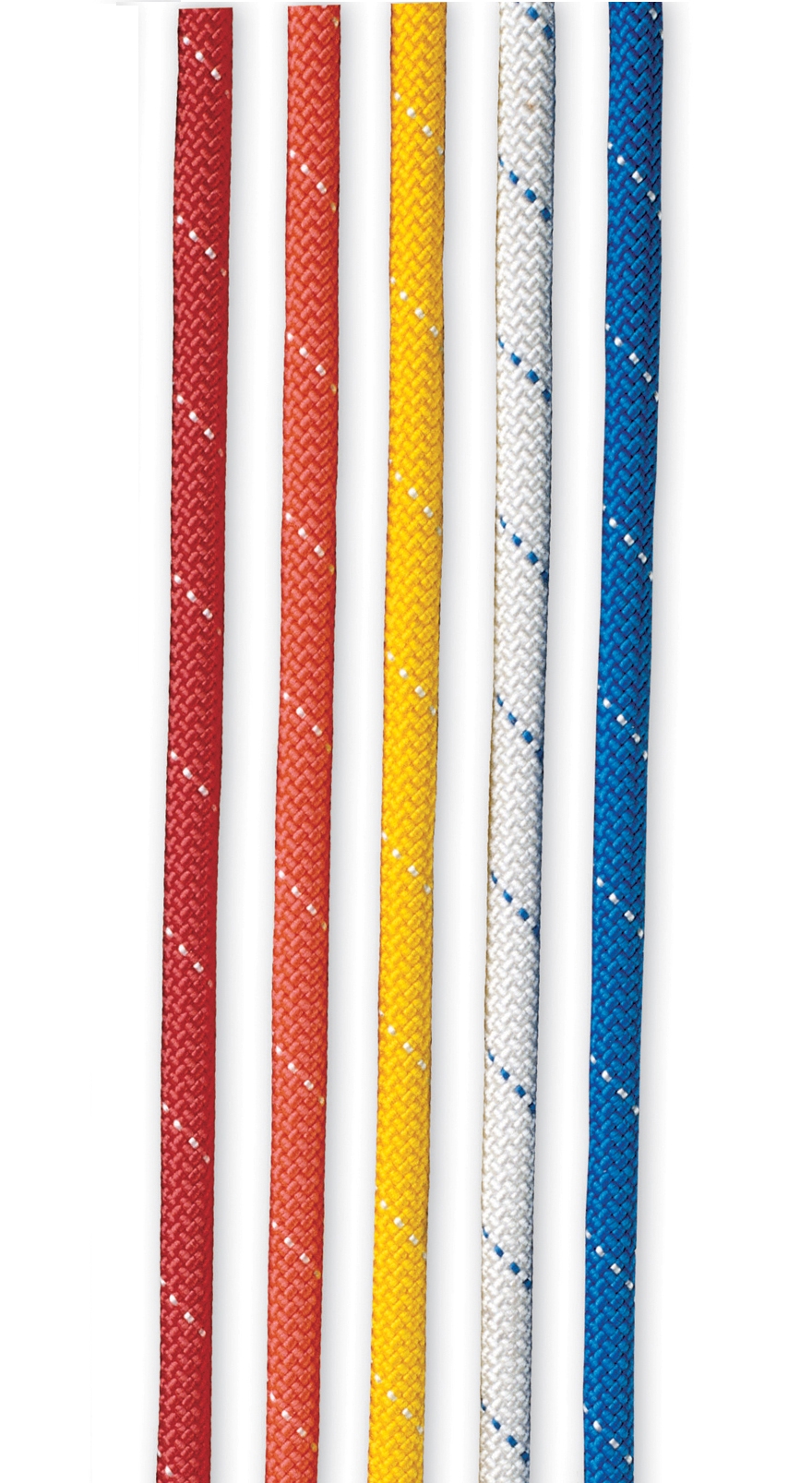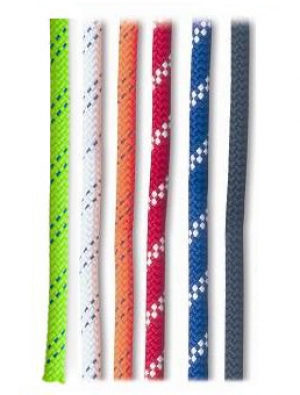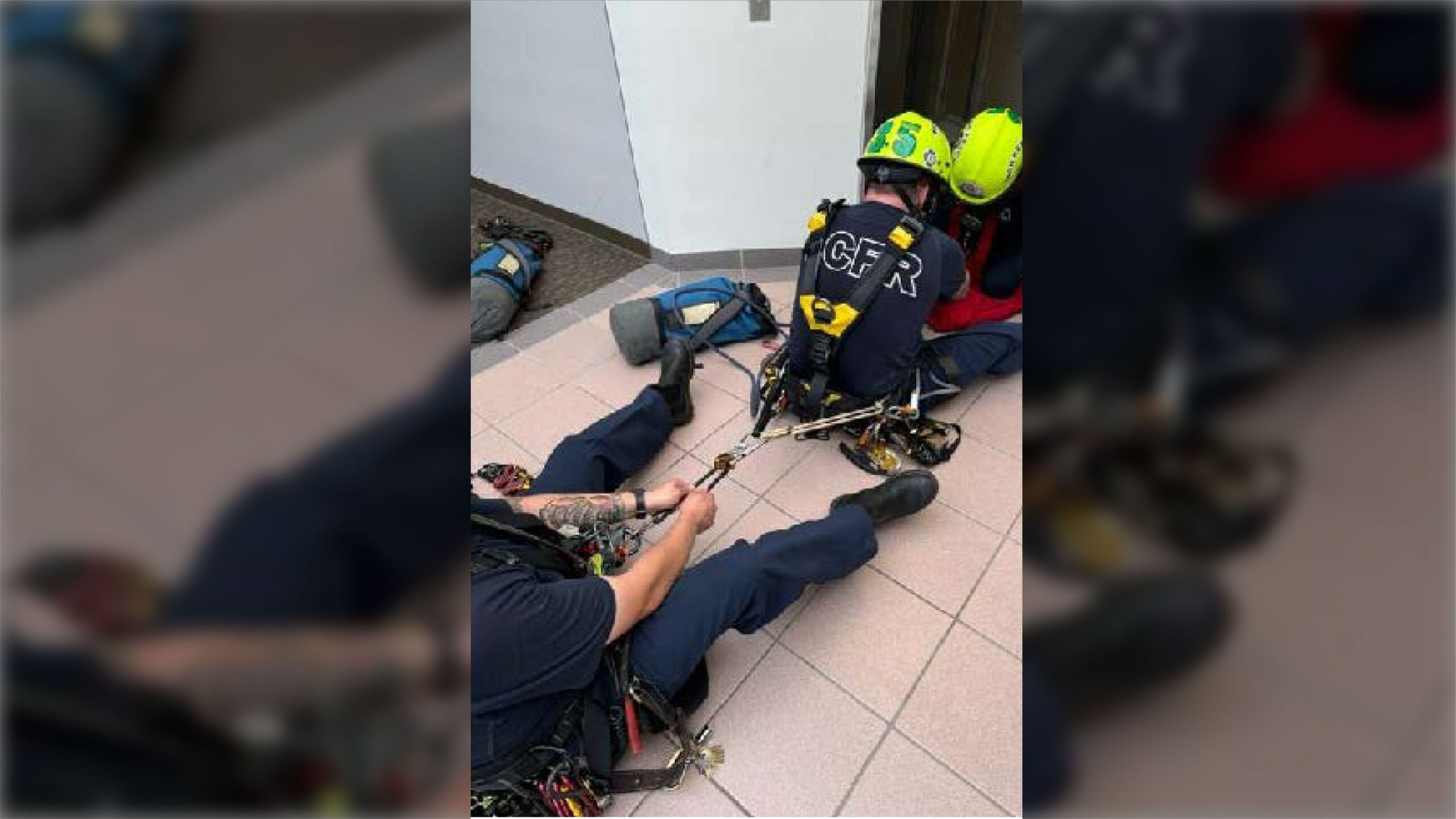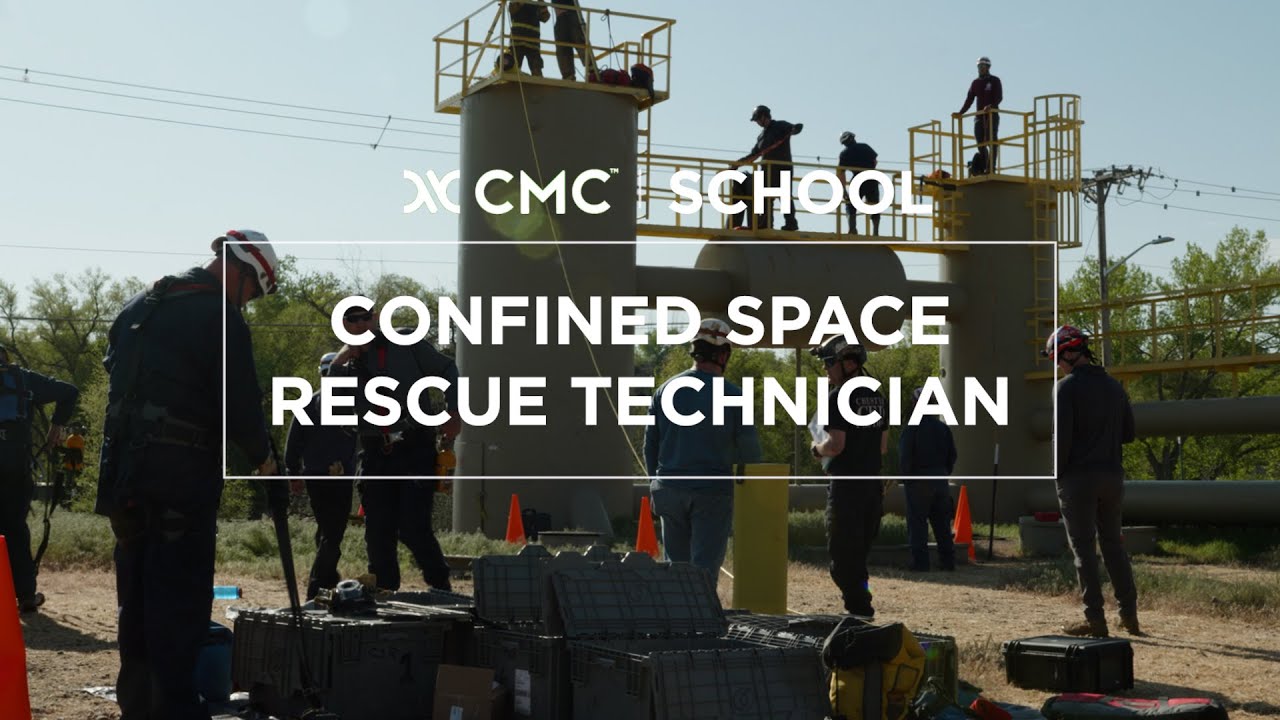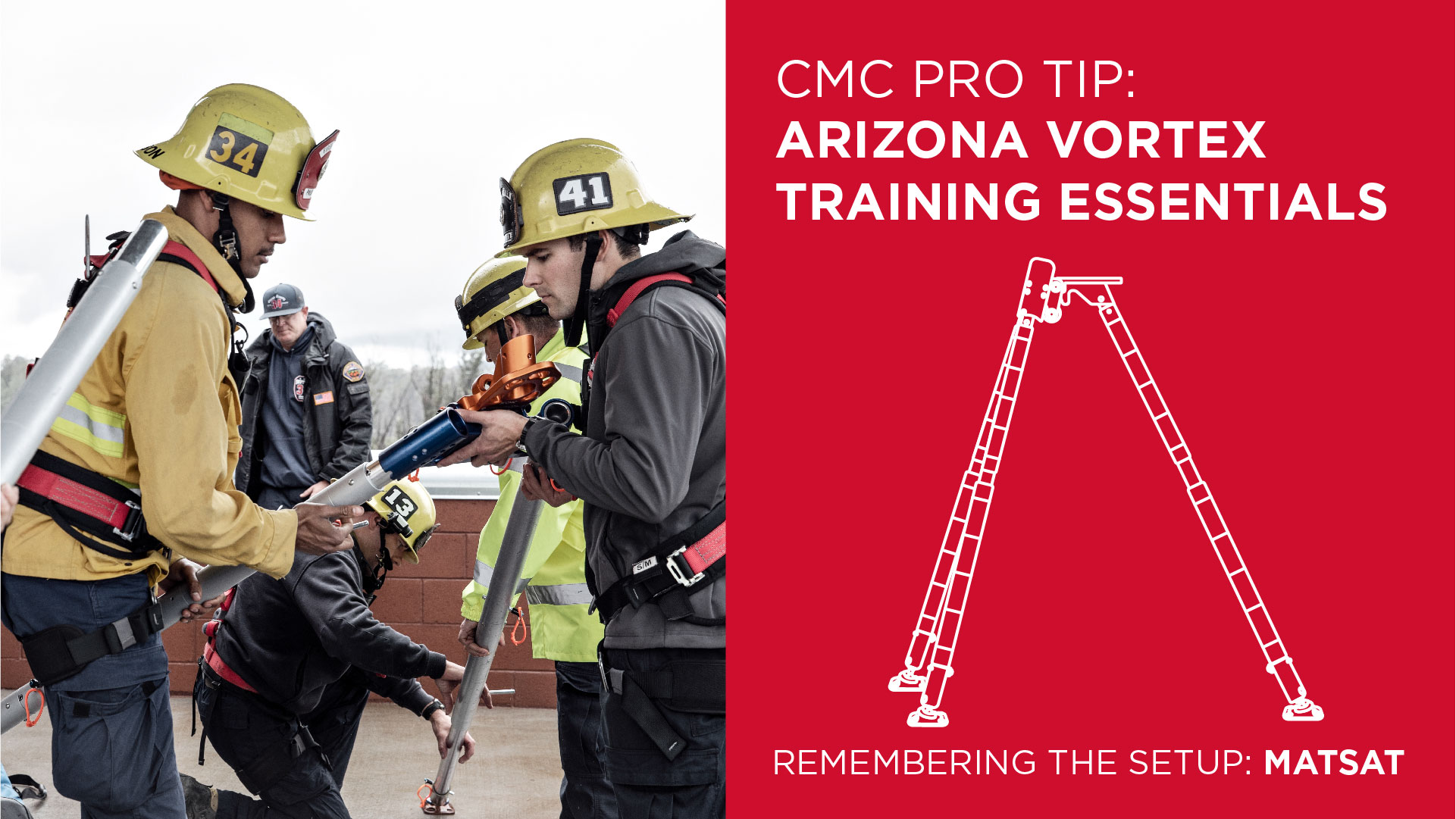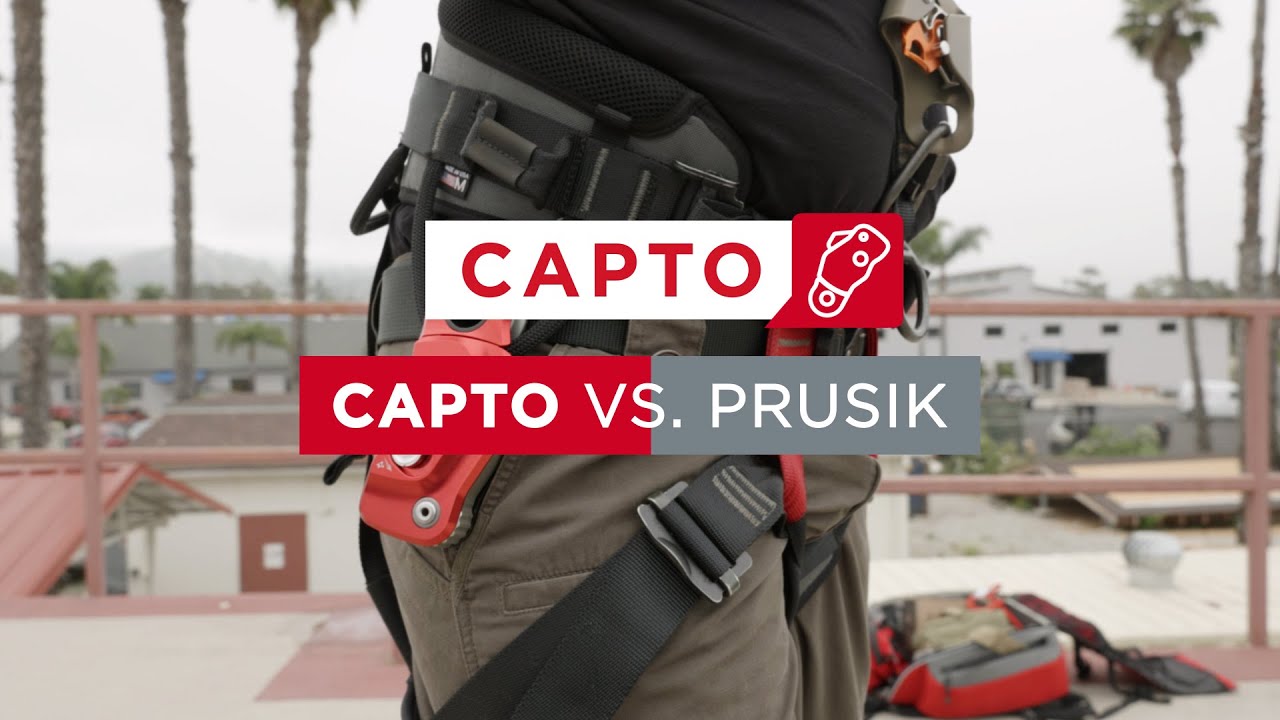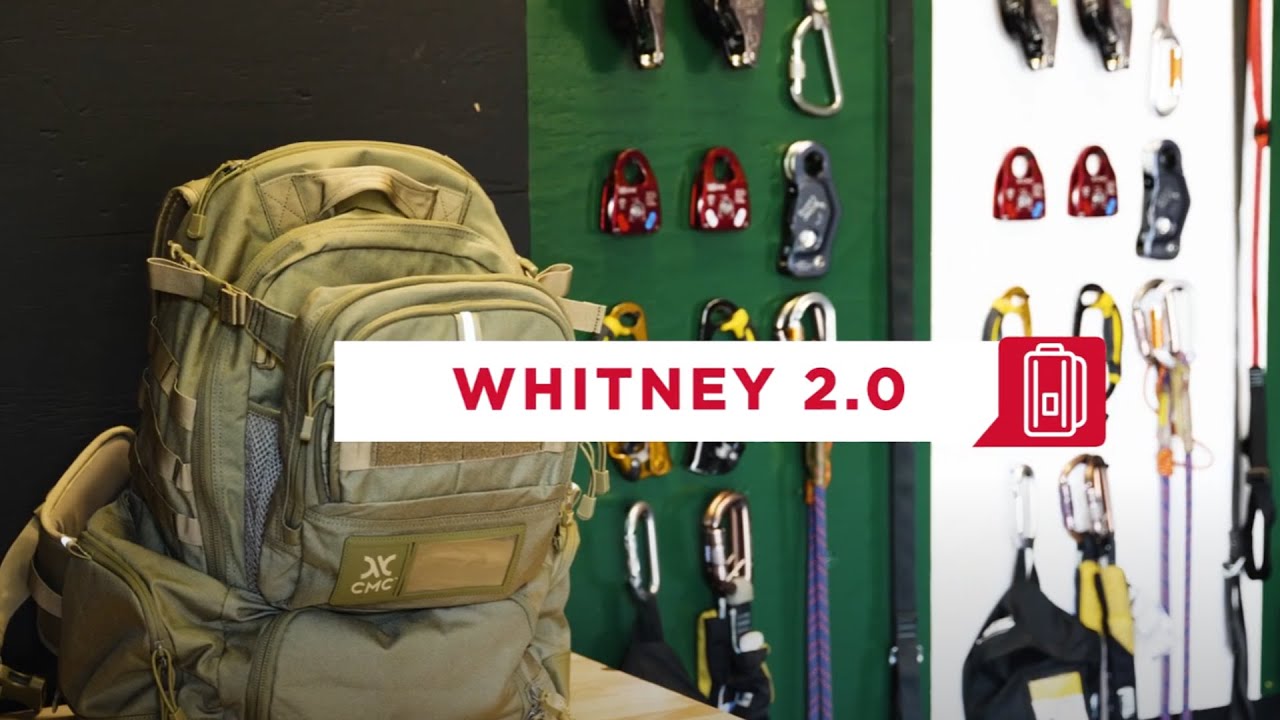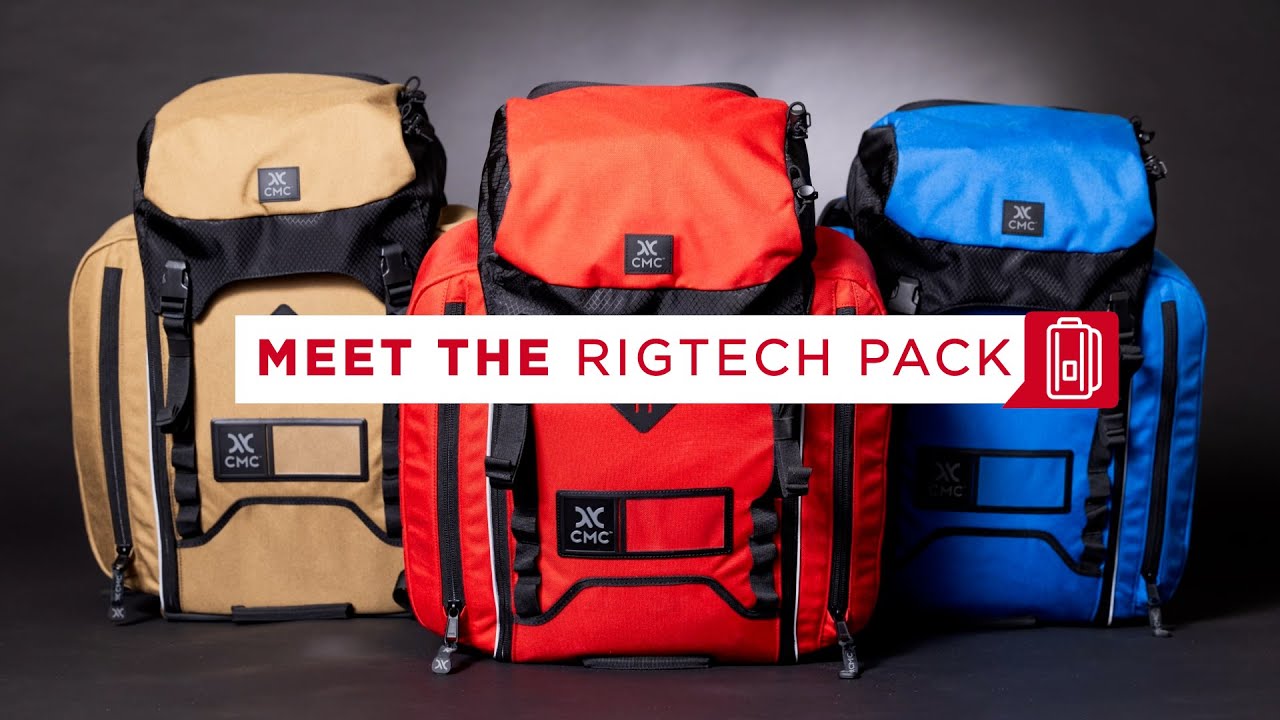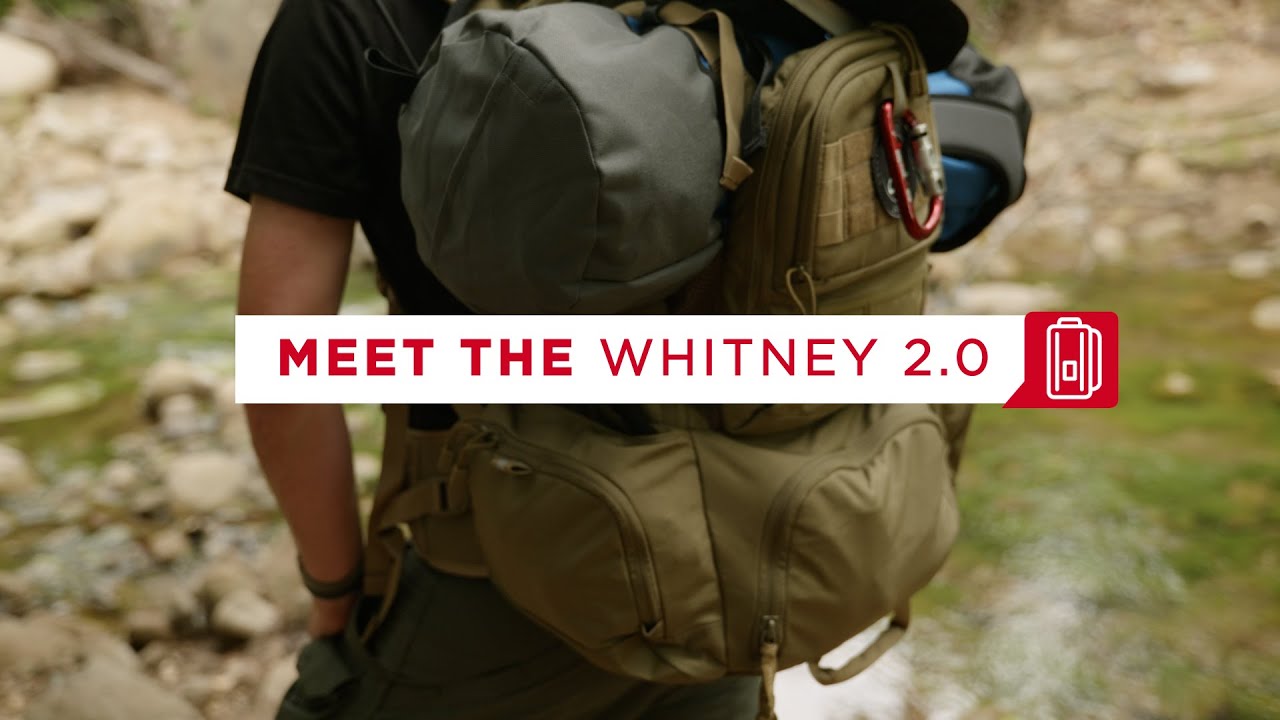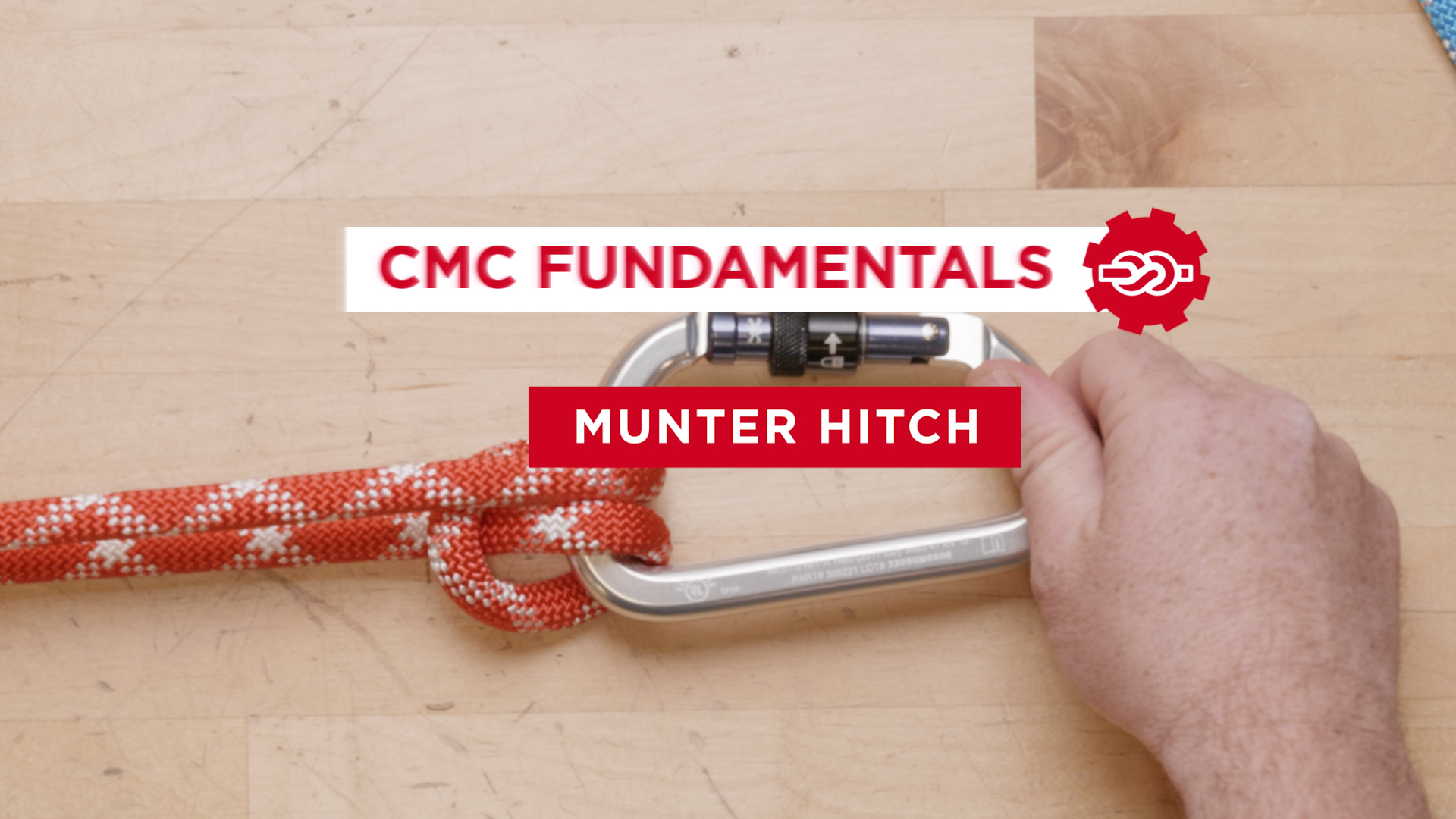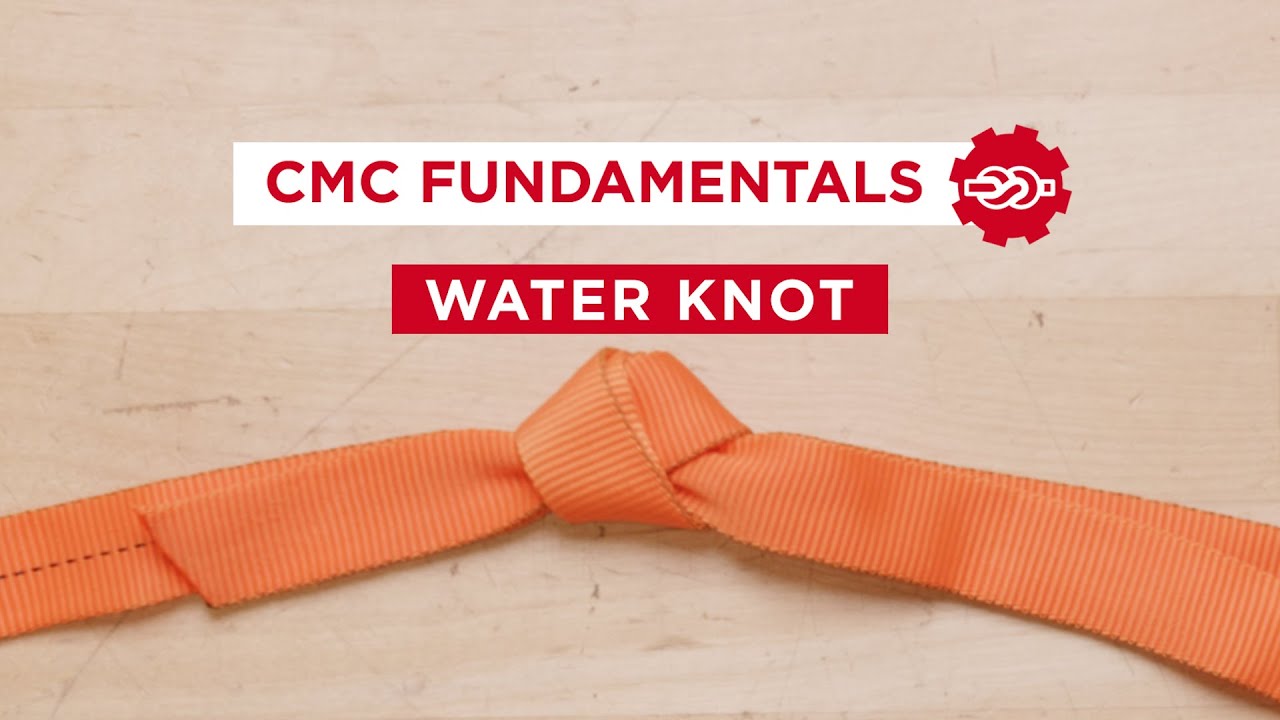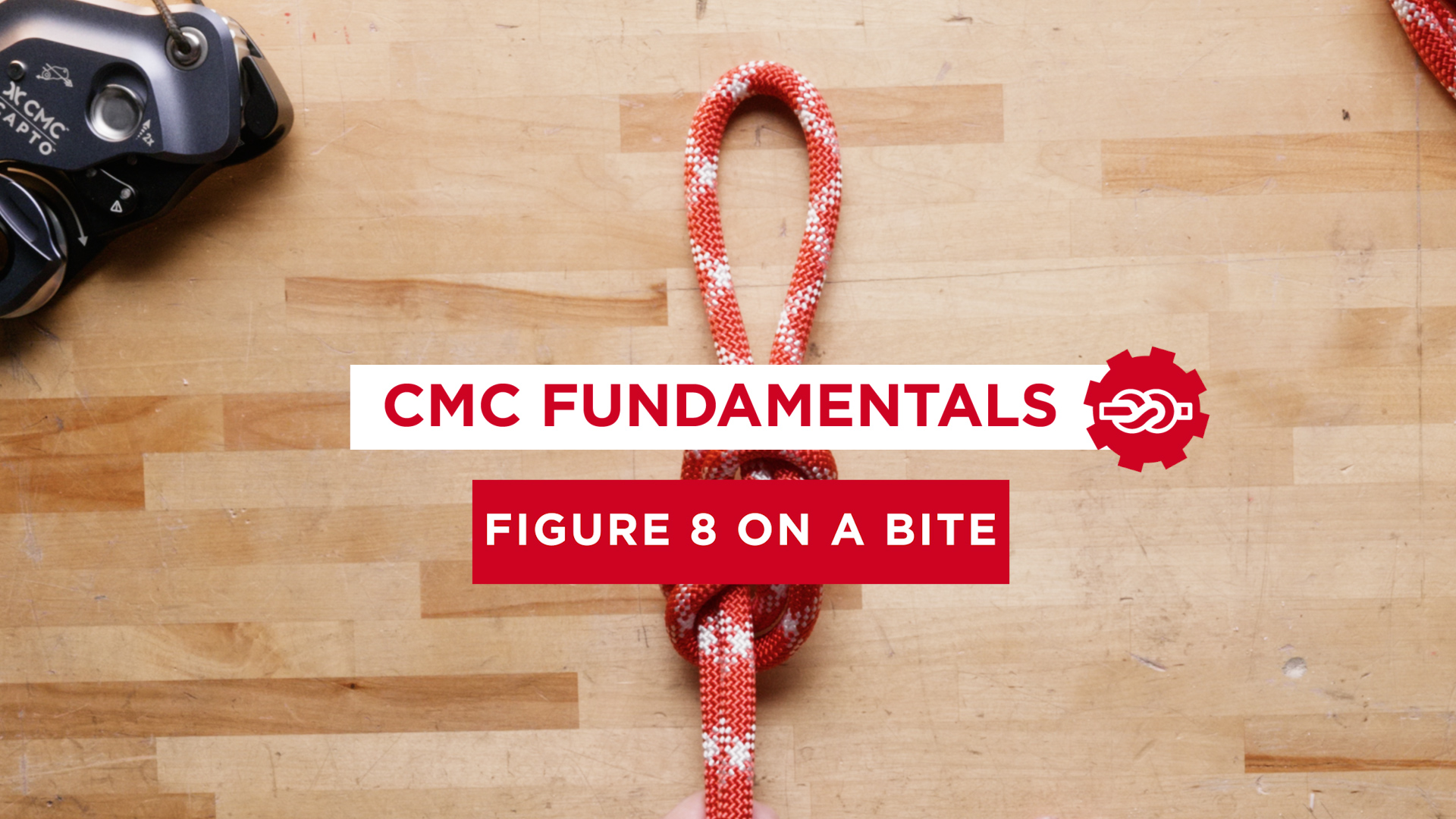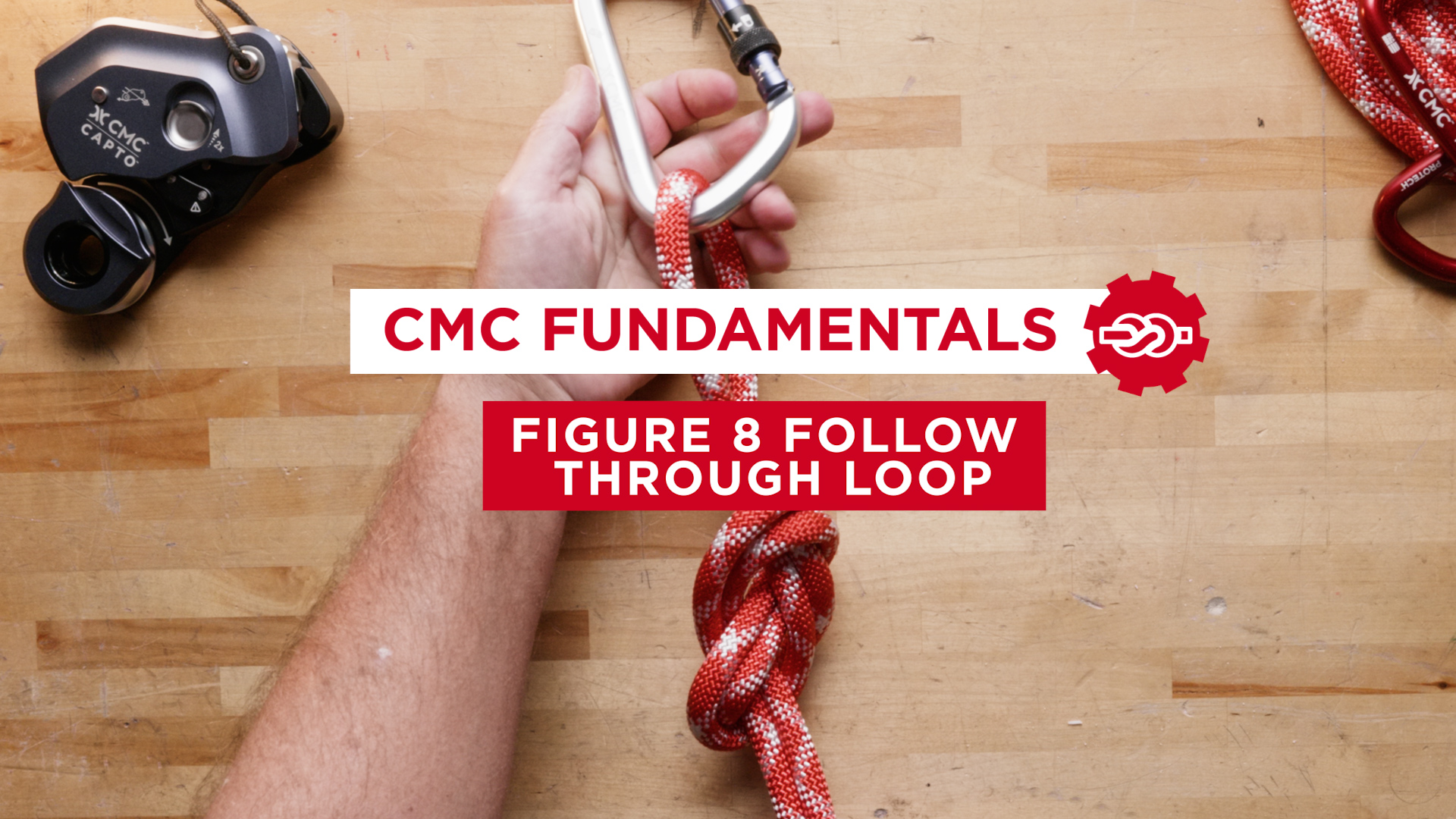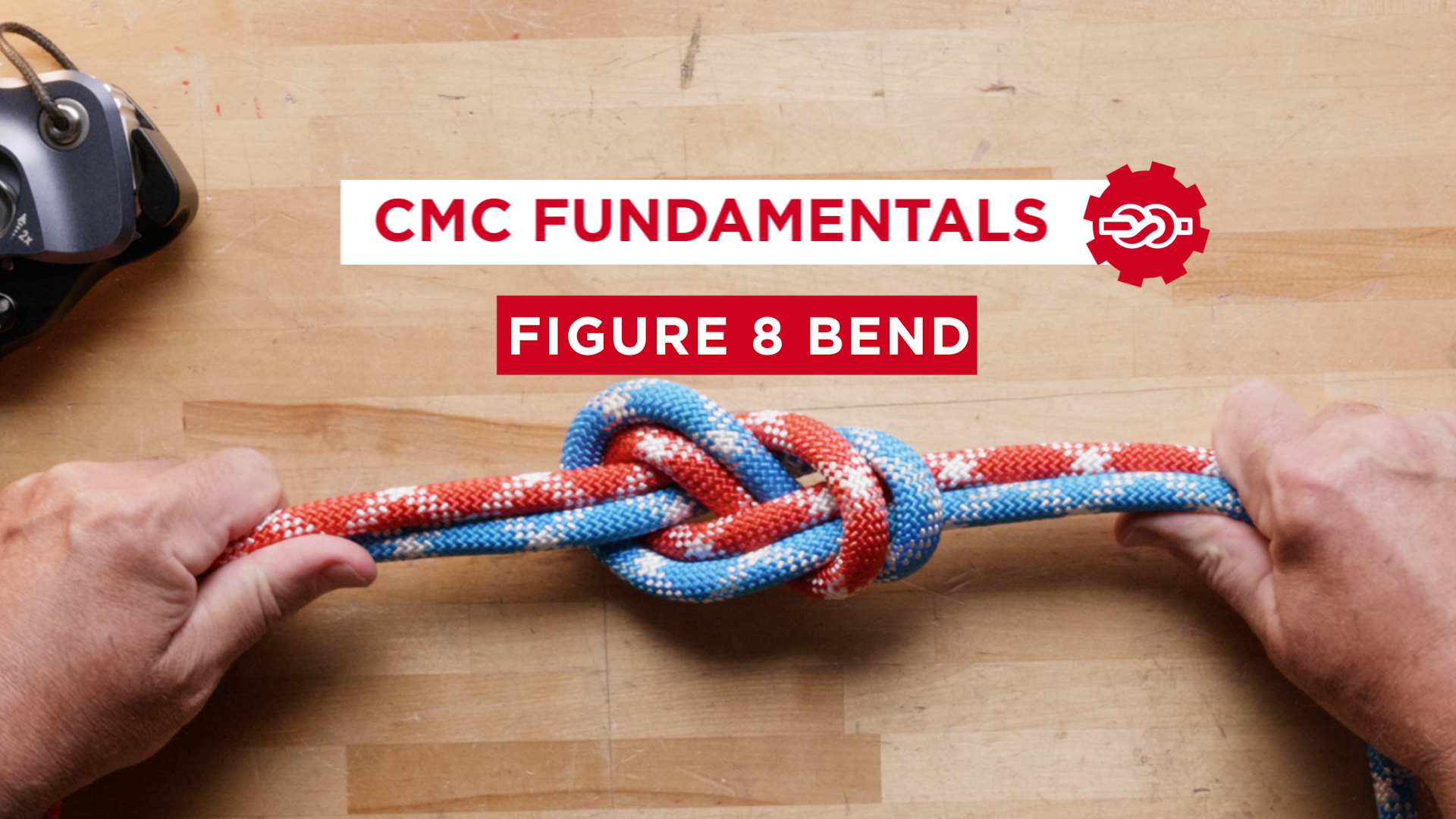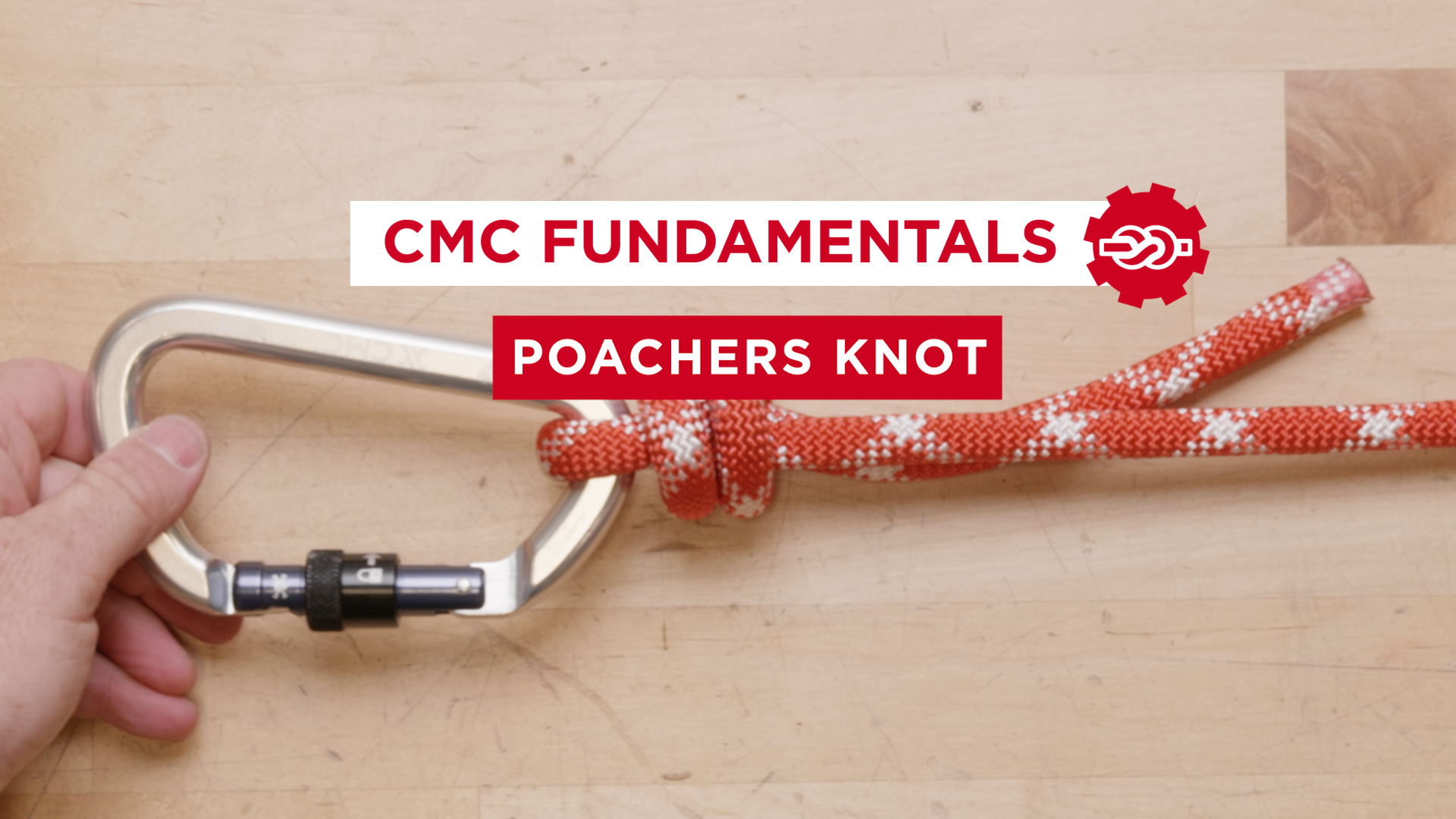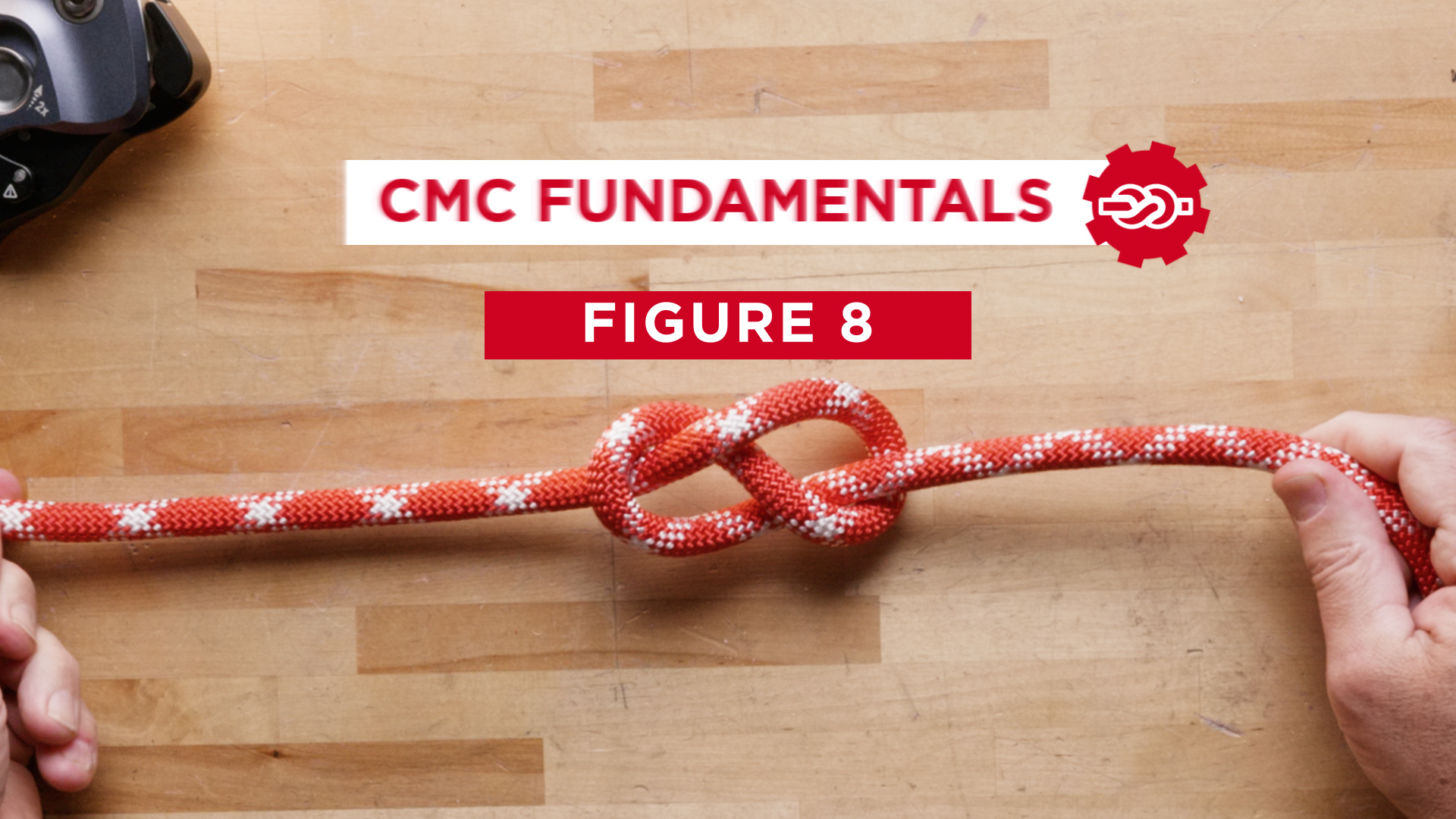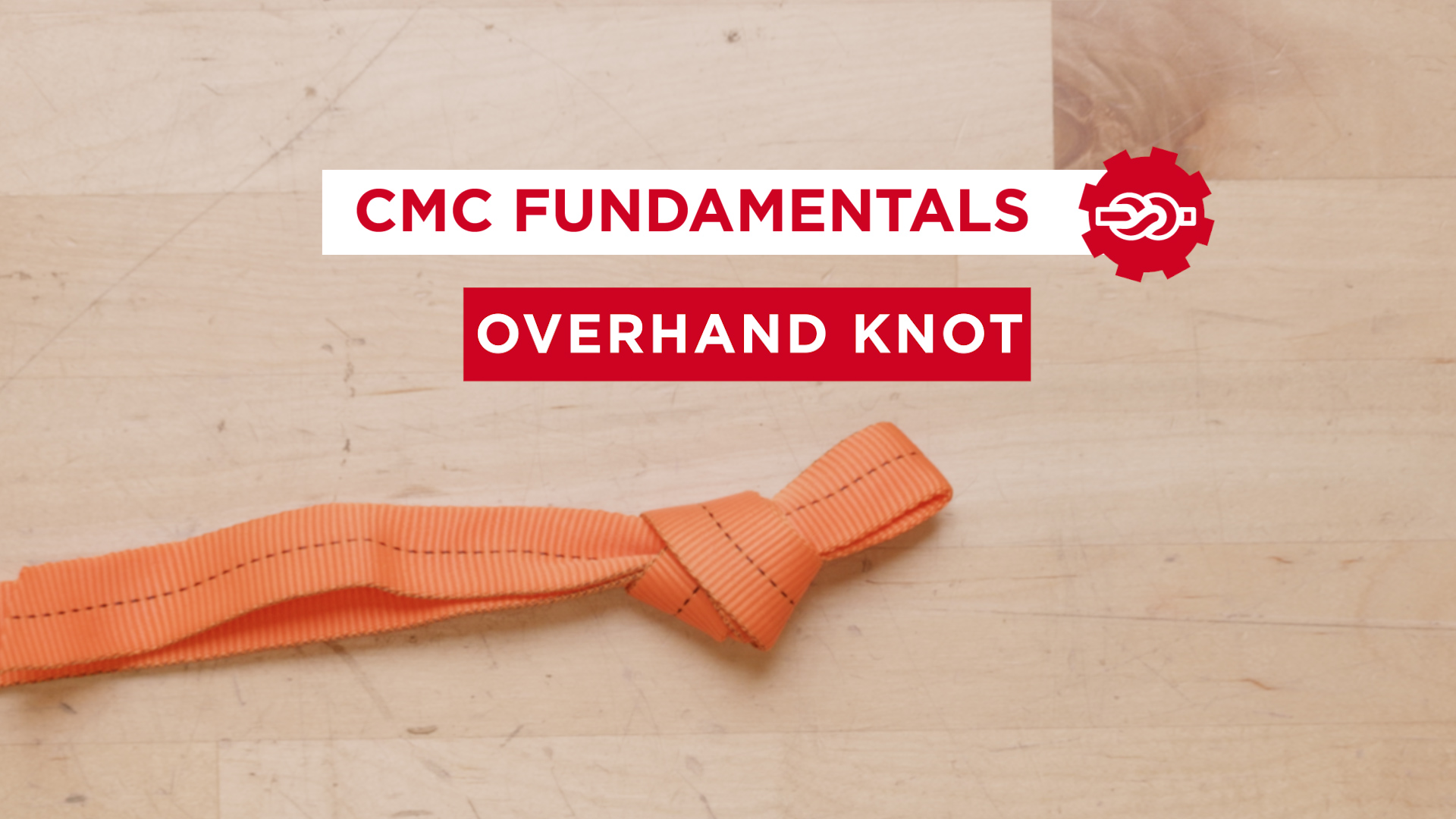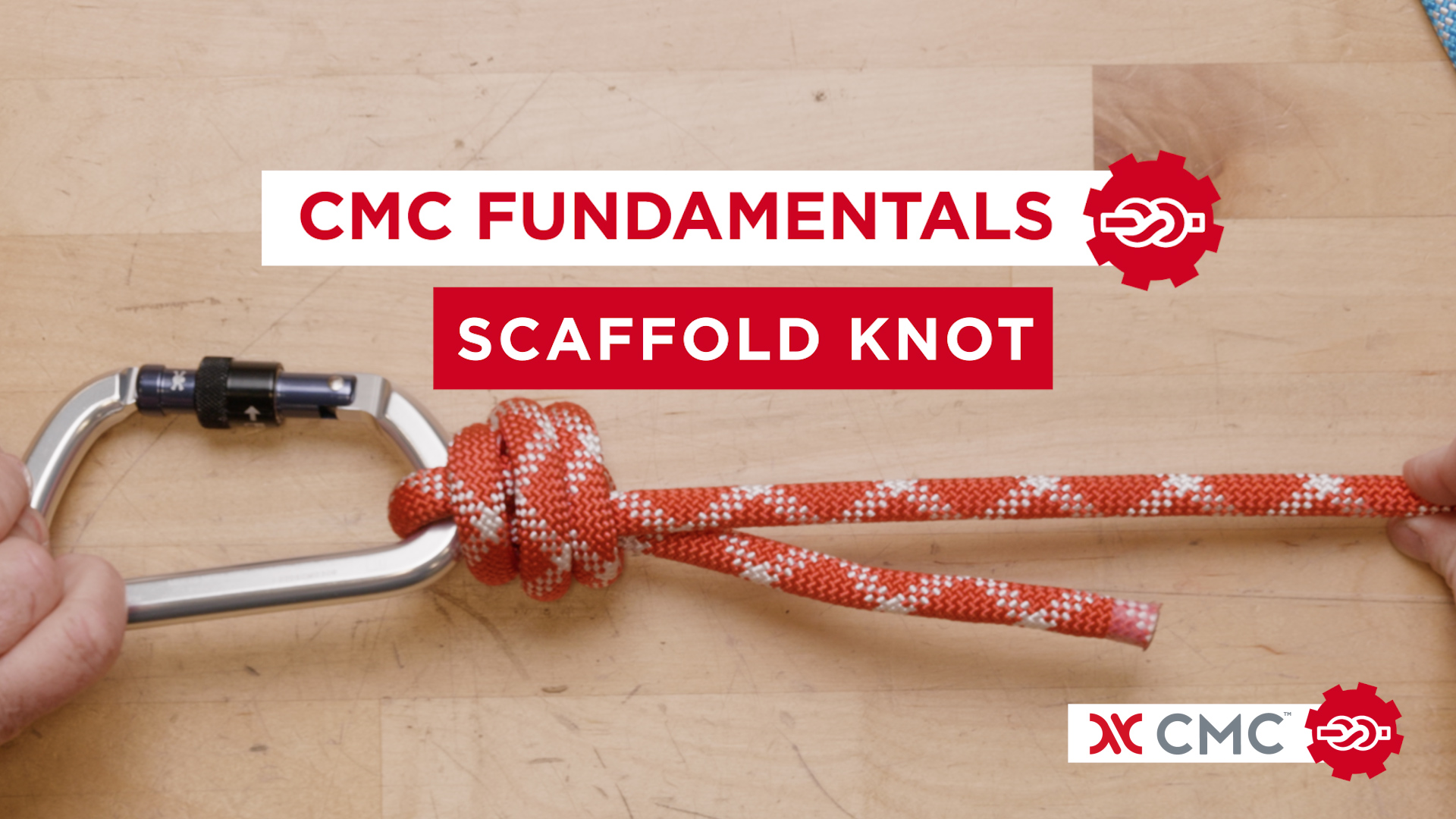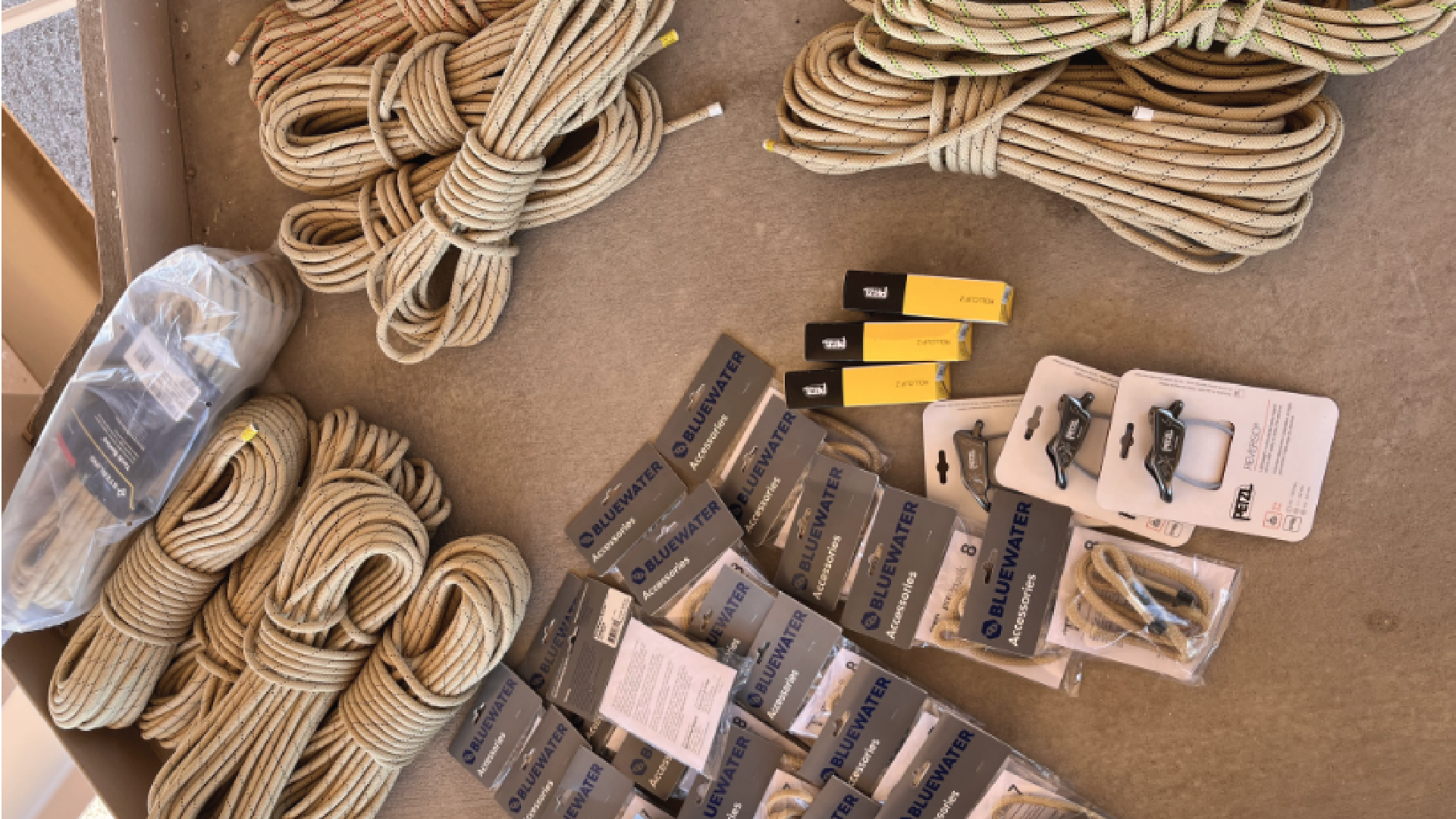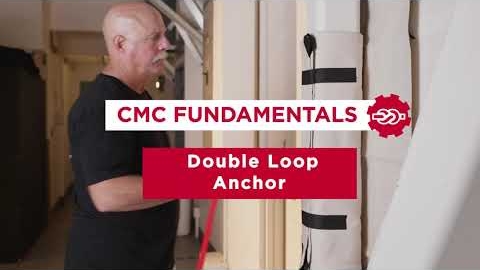NFPA 1983 - Life Safety Rope Performance Requirements
Elongation, Impact Forces, Efficiency and Life Safety Rope
The elongation of a life safety rope relates directly to the impact forces encountered when the rope stops a fall, as well as to the efficiency of a lowering/raising system. The important question is how much elongation is right for any particular application. For sport-climbing, dynamic ropes are used to protect against lead falls, while static ropes are used in caving to minimize stretch and maximize efficiency in ascending/descending. Because rope rescue techniques call for both lowering/raising and belay capabilities, a thoughtful consideration of elongation is required.
In 1998, the Cordage Institute published standard CI-1801 Low Stretch and Static Kernmantle Life Safety Rope, which defined a static rope as having a maximum 6% elongation at 10% of the rope’s minimum breaking strength (MBS). A low-stretch rope would have 6% to 10% elongation at 10% of the rope’s MBS. NFPA Standard 1983 specifies limits for elongation on life safety rope between 1% and 10% at a load equal to 10% of the rope’s MBS.
Elongation describes how much a rope will stretch when it is loaded, either by being pulled slowly or when suddenly loaded with an impact force. Elongation of the rope reduces the effects of an impact force on a rope system. The greater the elongation, the less force felt by the system. A good example would be a bungee jumper taking a tremendous fall (the jump) and stopping very comfortably. The critical factor, of course, is having plenty of distance in which to stop.
It might seem that rope with high elongation would be appropriate as a belay line. After all, a belay line catching a fall is a dynamic event, and the impact forces throughout the system are greater than its static load. A high-elongation rope would absorb energy and minimize the impact. But, as described above, this requires a safe distance in which to stop. Unfortunately, in rescue there are too many ledges, edges and other hard things that could be more damaging to the rescuer and patient than the rope stopping them quickly. Because of this, a low-stretch rope that provides some energy absorption without significant elongation is considered best suited for belay.
In a rappel or a lowering system, rope with high elongation presents a different problem. When a person on rappel or tending a litter starts down, the rope stretches as the load is applied. This means there is effectively a longer rope between the anchor and the rescuer. This inherent rope stretch may introduce a risk of the rescuer losing control, particularly during an edge transition, where maintaining footing is most difficult. This risk is increased when, for example, the rescuer has descended some distance and has stopped to perform a pick-off from a ledge, taking the load off the rope. When transitioning the load back onto the rope, there will be significantly more stretch than there was close to the anchor. This will increase the difficulty in maintaining control.
With high-elongation rope in a raising system, the haul team has to pull the stretch out of the rope before moving the load, thus reducing the team’s efficiency. A mechanical advantage system uses even more rope, increasing the amount of rope elongation and further decreasing efficiency. For these operations, the ideal rope would have very low elongation.
Determining how much Elongation is right for your application
How do you decide how much elongation is right for your application? First, determine a maximum acceptable impact force that a rope rescue system should be able to tolerate without causing harm to the people or failure of the system. The value that has been suggested by many for a system including a litter, subject and rescuer — and one being considered for several standards — is 15 kN (3,372 lbf). This number was proposed many years ago by the British Columbia Council of Technical Rescue (BCCTR) for their Belay Competence Drop Test criteria and has been incorporated into NFPA 1983 Standard on Life Safety Rope and Equipment for Emergency Services for testing belay devices.
Next, determine the desired stopping distance in your belay system. This requires looking at both the elongation in the rope and the type of belay device being used. NFPA 1983 requires a maximum stopping distance of one meter when testing belay devices. When you have determined your requirements for impact force and stopping distance, test your belay system to see if it meets your needs. View the system as a whole, including rope, belay device, operator and the anticipated loads. Different belay systems can impart different impact forces on the system and should be tested as a unit. ASTM F2436-05 Standard Test Method for Measuring the Performance of Synthetic Rope Rescue Belay Systems and Equipment provides a test method for comparing one system to another. The best belay system will be one that arrests a fall in the shortest distance and stays below the maximum acceptable force on the system’s components.
Rope and Webbing Performance Requirements
NFPA 1983 (2012) Life Safety Rope Performance Requirements
Technical Use “T” (previously Light Use “L”)
- 3σ MBS of not less than 20 kN (4,496 lbf)
- Minimum elongation of not less than 1% at 10% of the breaking strength
- Maximum elongation of not more than 10% at 10% of the breaking strength
- Minimum diameter of 9.5 mm (3/8 in)
- Maximum diameter of 12.5 mm (1/2 in)
General Use “G”
- 3σ MBS of not less than 40 kN (8,992 lbf)
- Minimum elongation of not less than 1% at 10% of the breaking strength
- Maximum elongation of not more than 10% at 10% of the breaking strength
- Minimum diameter of 11 mm (7/16 in)
- Maximum diameter of 16 mm (5/8 in)
The NFPA convention is to round off to the nearest 0.5 mm (1/64 inch). The 2006 edition introduced a lower minimum diameter for General Use life safety ropes. Today, the fiber technology does not exist to make a 7/16-inch General Use life safety rope, but the committee wanted to keep the door open for such a lightweight, high-strength rope.
Also introduced in the 2006 edition is the requirement that the label provide the user with information on the elongation at specified working loads. This will greatly help the user determine which product best meets their requirements.
- Elongation at 1.35 kN (300 lbf)
- Elongation at 2.7 kN (600 lbf)
- Elongation at 4.4 kN (1,000 lbf)
NFPA 1983 (2012) Escape Rope Performance Requirements
- 3σ MBS of not less than 13.5 kN (3,034 lbf)
- Minimum elongation of not less than 1% at 10% of the breaking strength
- Maximum elongation of not more than 10% at 10% of the breaking strength
- Minimum diameter of 7.5 mm (19/64 in)
- Maximum diameter of 9.5 mm (3/8 in)
NFPA 1983 (2012) Throwline Performance Requirements
- 3σ MBS of not less than 13 kN (2,923 lbf)
- Minimum diameter of 7 mm (19/64 in)
- Maximum diameter of 9.5 mm (3/8 in)
- After a 24-hour immersion in water, the entire length of the throwline must float to the surface within one minute.
New additions for 2012:
NFPA 1983 (2012) Fire Escape Rope Performance Requirements
- 3σ MBS of not less than 13.5 kN (3,034 lbf)
- Minimum elongation of not less than 1% at 10% of the breaking strength
- Maximum elongation of not more than 10% at 10% of the breaking strength
- Minimum diameter of 7.5 mm (19/64 in)
- Maximum diameter of 9.5 mm (3/8 in)
- High-temperature exposure test: 45 seconds at 600°C while holding 300 lbs and 5 minutes at 400° while holding 300 lbs
NFPA 1983 (2012) Escape Webbing Performance Requirements
- 3σ MBS of not less than 13.5 kN (3,034 lbf)
- Minimum elongation of not less than 1% at 10% of the breaking strength
- Maximum elongation of not more than 10% at 10% of the breaking strength
- Minimum perimeter of 25 mm (1 in)
NFPA 1983 (2012) Fire Escape Webbing Performance Requirements
- 3σ MBS of not less than 13.5 kN (3,034 lbf)
- Minimum elongation of not less than 1% at 10% of the breaking strength
- Maximum elongation of not more than 10% at 10% of the breaking strength
- Minimum perimeter of 25 mm (1 inch).
- High-temperature exposure test: 45 seconds at 600°C while holding 300 lbs and 5 minutes at 400° while holding 300 lbs

